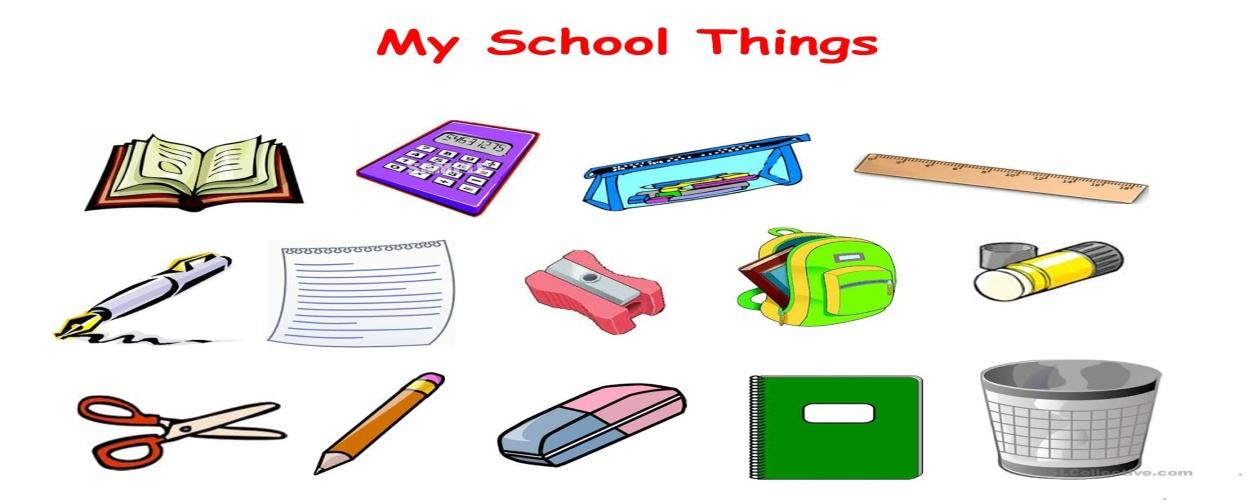Ministry of public education of the Republic of Uzbekistan
Department of public education of Zarafshan city secondary school N~3
The teacher of English language
| SUMMARY OF OPEN LESSON |
Boboqulova Gulshan`s
For one hour on theme: Unit 10. Months.
Lesson 1. January, February….
Plan of the lesson
Theme: Lesson 1. January February….
Class: 2 B
Date: February 19
Time: 40 min
Type of lesson: Practical lesson
The aim of the lesson:
| Aims: | Learningoutcomes: | Vocabulary and structure: | Equipment: |
| Educational: – to learn how to say the parts of the face Developing: – to enable pupils to understand commands; – to enable pupils to speak about the parts of the face Socio-cultural: – to raiseawareness of the commands; – raise awareness of thepronunciation of the sounds | By the end of the lesson, pupils will be able to: – understand the commands and show the things of the school – pronounce the sounds correctly | Month Year Day January February March April May June July August September | Textbook; the DVD of the book. Cards according to the lesson |
Pre-stage:
- Greeting. “Good afternoon”
2.Revising time.
What’s this? It is ……
What have you got? I have….
What do you like? I like….
I have a scarf. It’s yellow. I like it.
3.Warming up.“Poem about months.?”.
Thirty days have September,
April,June and November.
All the rest have thirty one.
Except February alone
4.Choose and answer the questions.
Objective: to consolidate the materials from the previous lesson.
STEP1:Divide the class into two groups. Explain pupil that they should choose and answer.
STEP2: Demonstrate. Ask the pupils to look at the table and say what is written there
.
For example:
Days of the week: 1 How many days are there in a week?
School things: 1 Name 5 school things
I’ve got a ruler. It’s blue.
I’ve got a glue. It’s yellow.
New theme
January, February….
Activity 1Listen and say in your mother tongue.
Objective:to introduce new words;
STEP 1: Ask the pupils what they will talk about now. After eliciting some answers, say openly that they will speak about months. Give them one or two minutes to try toread the months on the balloons silently for themselves.
STEP 2: Summarise that allthe months in English are similar to those in the mother tongue except some differences in spelling and pronunciation.Write the month on the board in the order they are presented on the balloons. E.g:April-aprel, June-iyun, August-avgust.
Activity 2. Watching video.
“Months pronunciation…?”
Activity 3.Play “Run and tape”.
Objective: to consolidate the new vocabulary
STEP 1: Say that it is necessary to remember one little word “touch” in order to play the game. Then explain thatyou will now begin to give commands toyourself, and the pupils have to guess the commands you are giving.
STEP 2: Say slowly: „May! ‟ and touch picture. Then give the other commands with other months and do them. The pupils should guess that you are giving commands to touch picture.
STEP 3: Now say that the pupils have to listen your command and do itthemselves. Say it very slowly. The pupils perform the command. Then start saying commands a bit faster.
Activity 4.Look and do.
Objective: to do physical exercise and energise the pupils
Tell the pupils to make a circle. Then they should speak the months fast. Who cannot say months he she sits the table.
Dec-december Feb-february Sep-september Ap-April …….
Homework:
Explain to the pupils that at home they should write which has 31days, which has 30days which has less30. The task is to find these months and write them in a relevant box.


















